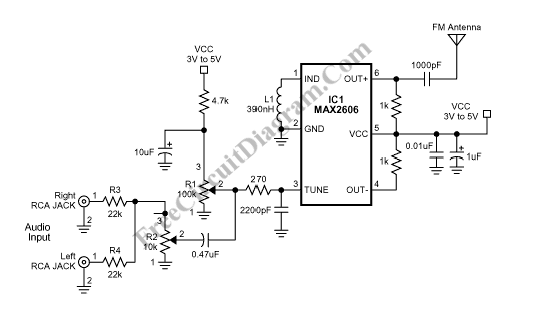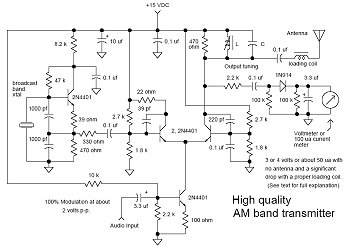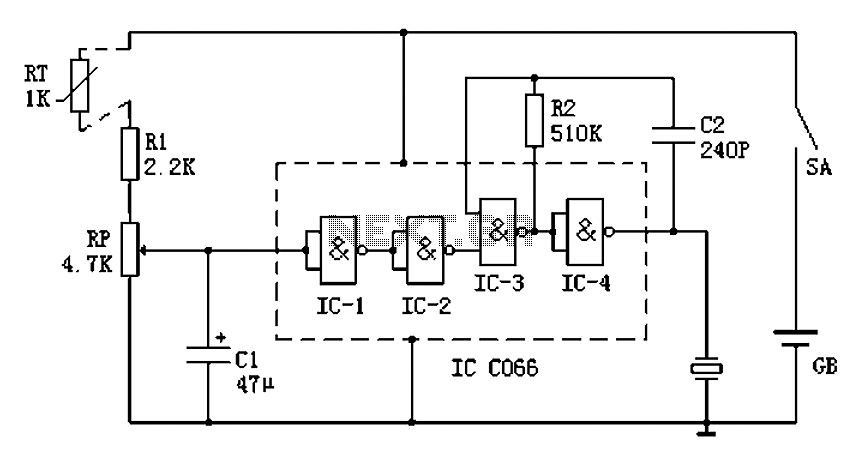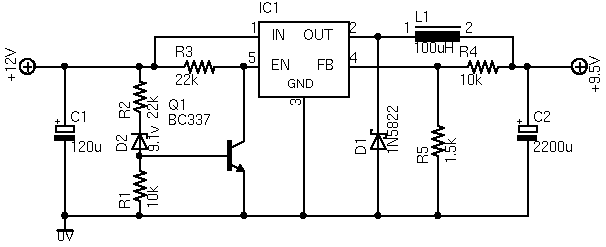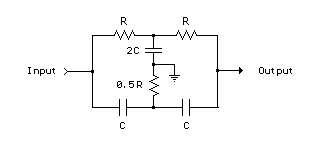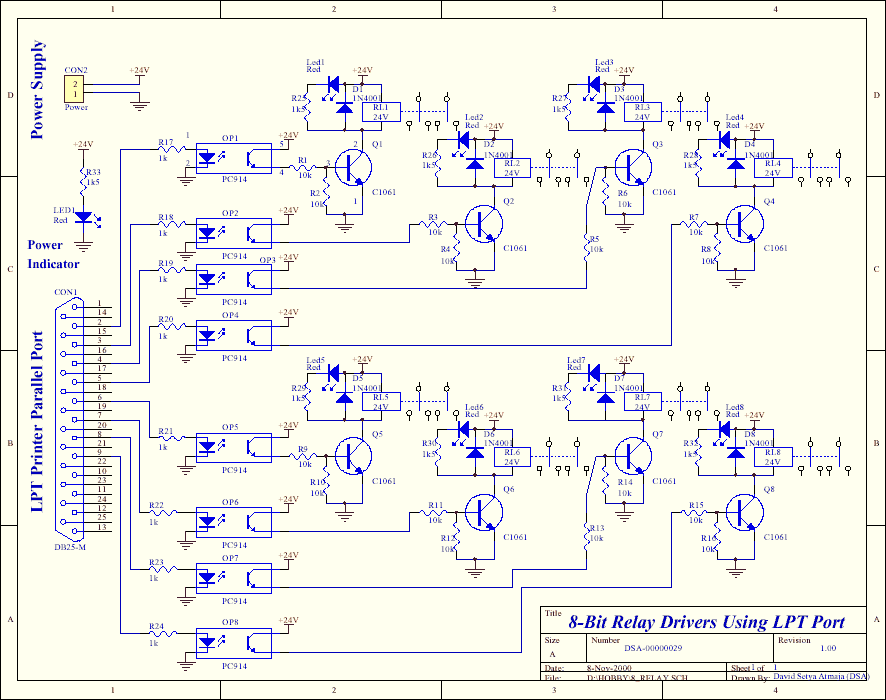
muffler valves dual-mode exhaust not opening at 3500rpm
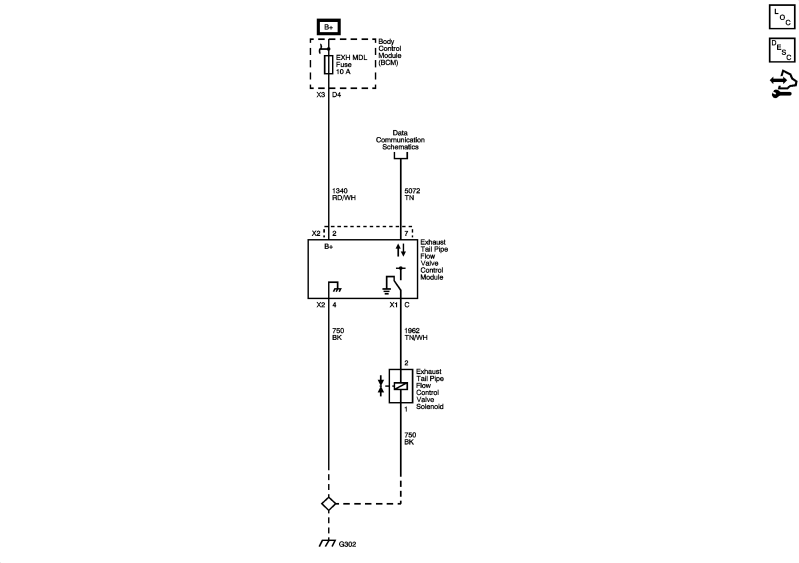
A peculiar issue has arisen over the past few months regarding the stock muffler flaps and valves, which are not opening at any RPM, including above 3500 RPM. They do not appear to be stuck, as they operate correctly when the dual-mode exhaust fuse is removed. After driving the car for a month without the fuse, the excessive noise became bothersome, prompting the fuse to be reinstalled. Additionally, there is an occasional rattle from the mufflers at idle, likely due to a loose internal baffle or component that requires welding. Specifically, on the driver's side near the rear of the manifold, there is a green tube that is reported to have detached. However, this does not seem to be related to the main issue since the valves opened when the fuse was removed. It is suggested to check the vacuum line on the left side exhaust valve; if it is disconnected, the right side valve should also open. The fuse provides power to the control module, and removing it cuts power to the solenoid, affecting the vacuum to the valves. This indicates a potential need to examine the module located at the right rear of the trunk compartment. There is also interest in controlling the exhaust valve operation intentionally, particularly to ensure compliance with sound regulations at certain tracks in California. Despite having strong vacuum pressure to keep the valves closed, the source of vacuum seems unable to stop and allow them to open. Even with the fuse removed, vacuum is still present, suggesting a need to test by removing a hose at the exhaust pipe after pulling the fuse. If the valves open upon this action, it indicates that the solenoid is likely stuck in a position that continues to supply vacuum to the valves, necessitating replacement. Observing the exhaust valve operation at 3500 RPM can be challenging, as it requires someone to monitor the vehicle from behind. The service manual states that when the vehicle is stationary with the engine running, the exhaust flow control module (EFCM) commands the vacuum solenoid on, supplying engine vacuum to both exhaust flow control valves, causing them to close. As the vehicle speed increases and throttle position reaches 25 percent or greater at 3500 RPM, the EFCM commands the vacuum solenoid off, allowing the valves to open and enhancing engine performance.
The described issue involves a malfunction in the exhaust flow control system, specifically related to the operation of the vacuum solenoid and exhaust valves. The exhaust flow control module (EFCM) is a critical component in managing the operation of the valves. When the vehicle is running, the EFCM monitors various parameters, including engine speed and throttle position, to determine when to open or close the valves. The solenoid's role is to control vacuum pressure to the valves, allowing for their operation based on the commands from the EFCM.
In typical operation, when the engine is running and the vehicle is stationary, the EFCM energizes the vacuum solenoid, creating a vacuum that closes the valves. This redirection of exhaust flow through a baffled path within the mufflers is designed to enhance sound attenuation and improve low-end torque. However, as the vehicle accelerates and reaches the specified RPM and throttle position thresholds, the EFCM deactivates the solenoid, releasing the vacuum and allowing the valves to open. This change in exhaust flow path reduces back pressure, thereby improving engine performance at higher RPMs.
If the valves do not open as expected, as observed in this scenario, several troubleshooting steps can be undertaken. First, checking the integrity of the vacuum lines and ensuring there are no leaks or blockages is essential. Next, testing the solenoid by disconnecting the vacuum line while the fuse is removed can help diagnose the issue. If the valves open under these conditions, it indicates that the solenoid is functioning correctly. Conversely, if they remain closed, this may suggest a malfunction within the solenoid itself or an issue with the EFCM.
Should the solenoid be determined to be faulty, replacement is generally straightforward and cost-effective. It is also advisable to inspect the EFCM for any signs of damage or failure, as this component plays a crucial role in the system's overall functionality. Proper diagnosis and repair of the exhaust flow control system will restore normal operation of the muffler flaps and valves, ensuring optimal engine performance and compliance with sound regulations.I`ve got a strange issue that has developed sometime within the last few months. My stock muffler flaps/valves are not opening over 3500 rpm. They`re not opening at any RPM. They`re not stuck as they open fine when I remove the dual-mode exhaust fuse. I actually drove the car around for the past month with the fuse out and the drone has finally got to me, so I put the fuse back in. And one additional thing that I don`t think is related is that my mufflers rattle at idle sometimes - I think there`s an internal baffle/piece loose that needs to be welded back. For excample on the driver`s side at the rear of the manifold there`s a [green ] tube that`r reprted to work itself off.
Don`t think that`s your issue though since removal of the fuse opened `em. Going strictly from memory its behind the inner passenger`s side rear light housing, [/u]below[/u] the light housing proper. The good news is if it is the solenoid, it isn`t an expensive part. Have you tried pulling the vacuum line off the left side exhaust valve yet If so, did the right side valve open when you pulled that line.
Both sides should open. The fuse provides power to the control module so when you pulled it that removed all power to the module. That probably cut power to the solenoid which opened/closed (whichever) and cut off the vacuum to the valves.
That action indicates there may be a good reason to look at the module at the right rear of the trunk compartment. not to go too far off topic, but if anyone knows how to get your car to do this *on purpose*, I`d love to hear it.
Sometimes I need to keep the center pipes closed (to make sure I can pass sound at WOT at a few tracks here in CA). not to go too far off topic, but if anyone knows how to get your car to do this *on purpose*, I`d love to hear it.
Sometimes I need to keep the center pipes closed (to make sure I can pass sound at WOT at a few tracks here in CA). So I have great vacuum pressure to keep them closed. Can`t figure out why the vacuum source essentially wont stop the vacuum and allow them to open. With fuse pulled, still have strong vacuum holding them closed. If you pull the fuse that kills the module that controls the vacuum solenoid. You say if you pull the fuse the vacuum is still present. However, try pulling the fuse and removing one of the hoses at the exhaust pipe. The valves should open, then after they open re-attach the hose and see if they close. If they close that means the solenoid is stuck in a position where it still supplies vacuum to the valves and will need to be replaced.
Not sure how anybody knows whether the exhaust opens at 3500 rpm anyways. A little difficult to see unless somebody is riding behind the car with some binoculars as they do not open under no load jazzing the engine in nuetral conditions. Here is the description from the SM: When the vehicle is stationary with the engine running the exhaust flow control module (EFCM) commands the vacuum solenoid On, which supplies engine vacuum to both exhaust flow control valves.
This causes the valves to close, diverting exhaust flow through a baffled path inside the mufflers. As vehicle speed increases, throttle position reaches 25 percent or greater and engine speed reaches 3500 RPM, the EFCM commands the vacuum solenoid off. This causes the valves to open, diverting exhaust flow through an un-baffled path inside the mufflers, thus enhancing engine performance.
When traction control is driver disabled, vehicle speed increases, throttle position reaches 25 percent or greate 🔗 External reference
The described issue involves a malfunction in the exhaust flow control system, specifically related to the operation of the vacuum solenoid and exhaust valves. The exhaust flow control module (EFCM) is a critical component in managing the operation of the valves. When the vehicle is running, the EFCM monitors various parameters, including engine speed and throttle position, to determine when to open or close the valves. The solenoid's role is to control vacuum pressure to the valves, allowing for their operation based on the commands from the EFCM.
In typical operation, when the engine is running and the vehicle is stationary, the EFCM energizes the vacuum solenoid, creating a vacuum that closes the valves. This redirection of exhaust flow through a baffled path within the mufflers is designed to enhance sound attenuation and improve low-end torque. However, as the vehicle accelerates and reaches the specified RPM and throttle position thresholds, the EFCM deactivates the solenoid, releasing the vacuum and allowing the valves to open. This change in exhaust flow path reduces back pressure, thereby improving engine performance at higher RPMs.
If the valves do not open as expected, as observed in this scenario, several troubleshooting steps can be undertaken. First, checking the integrity of the vacuum lines and ensuring there are no leaks or blockages is essential. Next, testing the solenoid by disconnecting the vacuum line while the fuse is removed can help diagnose the issue. If the valves open under these conditions, it indicates that the solenoid is functioning correctly. Conversely, if they remain closed, this may suggest a malfunction within the solenoid itself or an issue with the EFCM.
Should the solenoid be determined to be faulty, replacement is generally straightforward and cost-effective. It is also advisable to inspect the EFCM for any signs of damage or failure, as this component plays a crucial role in the system's overall functionality. Proper diagnosis and repair of the exhaust flow control system will restore normal operation of the muffler flaps and valves, ensuring optimal engine performance and compliance with sound regulations.I`ve got a strange issue that has developed sometime within the last few months. My stock muffler flaps/valves are not opening over 3500 rpm. They`re not opening at any RPM. They`re not stuck as they open fine when I remove the dual-mode exhaust fuse. I actually drove the car around for the past month with the fuse out and the drone has finally got to me, so I put the fuse back in. And one additional thing that I don`t think is related is that my mufflers rattle at idle sometimes - I think there`s an internal baffle/piece loose that needs to be welded back. For excample on the driver`s side at the rear of the manifold there`s a [green ] tube that`r reprted to work itself off.
Don`t think that`s your issue though since removal of the fuse opened `em. Going strictly from memory its behind the inner passenger`s side rear light housing, [/u]below[/u] the light housing proper. The good news is if it is the solenoid, it isn`t an expensive part. Have you tried pulling the vacuum line off the left side exhaust valve yet If so, did the right side valve open when you pulled that line.
Both sides should open. The fuse provides power to the control module so when you pulled it that removed all power to the module. That probably cut power to the solenoid which opened/closed (whichever) and cut off the vacuum to the valves.
That action indicates there may be a good reason to look at the module at the right rear of the trunk compartment. not to go too far off topic, but if anyone knows how to get your car to do this *on purpose*, I`d love to hear it.
Sometimes I need to keep the center pipes closed (to make sure I can pass sound at WOT at a few tracks here in CA). not to go too far off topic, but if anyone knows how to get your car to do this *on purpose*, I`d love to hear it.
Sometimes I need to keep the center pipes closed (to make sure I can pass sound at WOT at a few tracks here in CA). So I have great vacuum pressure to keep them closed. Can`t figure out why the vacuum source essentially wont stop the vacuum and allow them to open. With fuse pulled, still have strong vacuum holding them closed. If you pull the fuse that kills the module that controls the vacuum solenoid. You say if you pull the fuse the vacuum is still present. However, try pulling the fuse and removing one of the hoses at the exhaust pipe. The valves should open, then after they open re-attach the hose and see if they close. If they close that means the solenoid is stuck in a position where it still supplies vacuum to the valves and will need to be replaced.
Not sure how anybody knows whether the exhaust opens at 3500 rpm anyways. A little difficult to see unless somebody is riding behind the car with some binoculars as they do not open under no load jazzing the engine in nuetral conditions. Here is the description from the SM: When the vehicle is stationary with the engine running the exhaust flow control module (EFCM) commands the vacuum solenoid On, which supplies engine vacuum to both exhaust flow control valves.
This causes the valves to close, diverting exhaust flow through a baffled path inside the mufflers. As vehicle speed increases, throttle position reaches 25 percent or greater and engine speed reaches 3500 RPM, the EFCM commands the vacuum solenoid off. This causes the valves to open, diverting exhaust flow through an un-baffled path inside the mufflers, thus enhancing engine performance.
When traction control is driver disabled, vehicle speed increases, throttle position reaches 25 percent or greate 🔗 External reference
